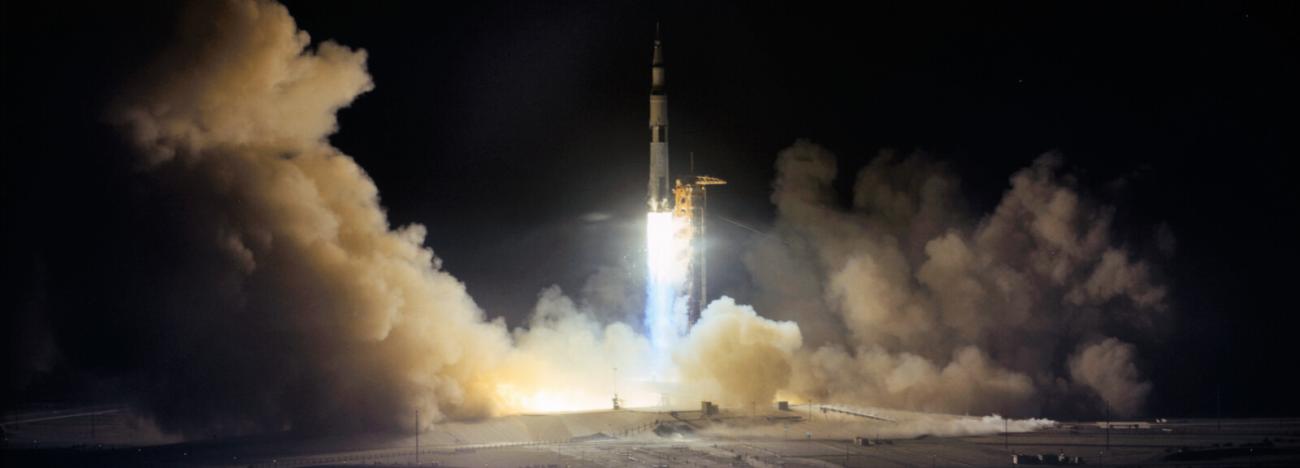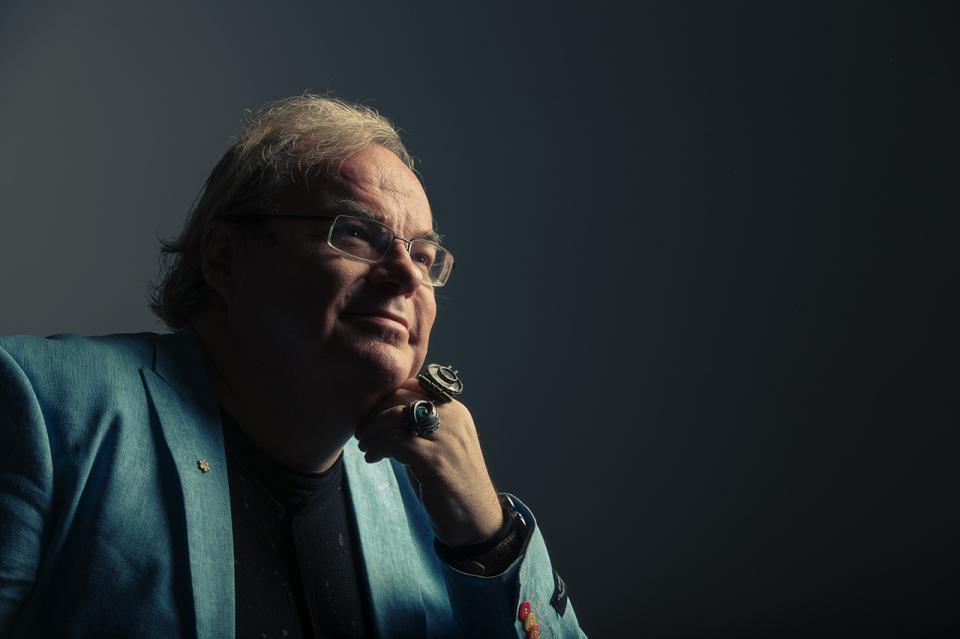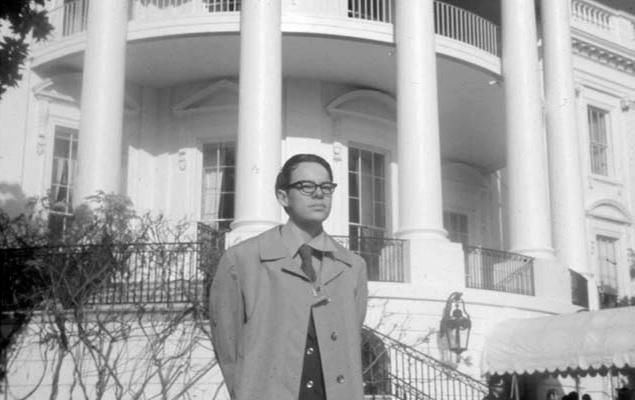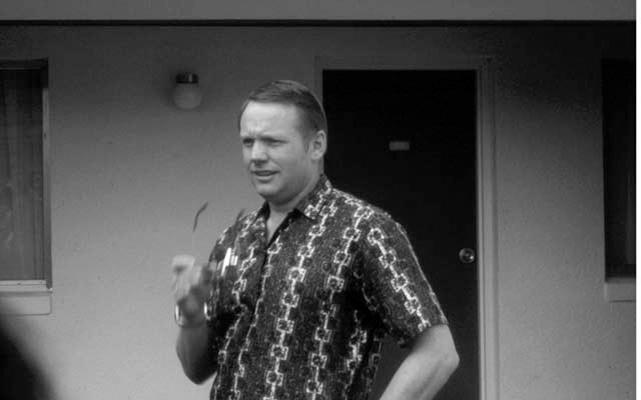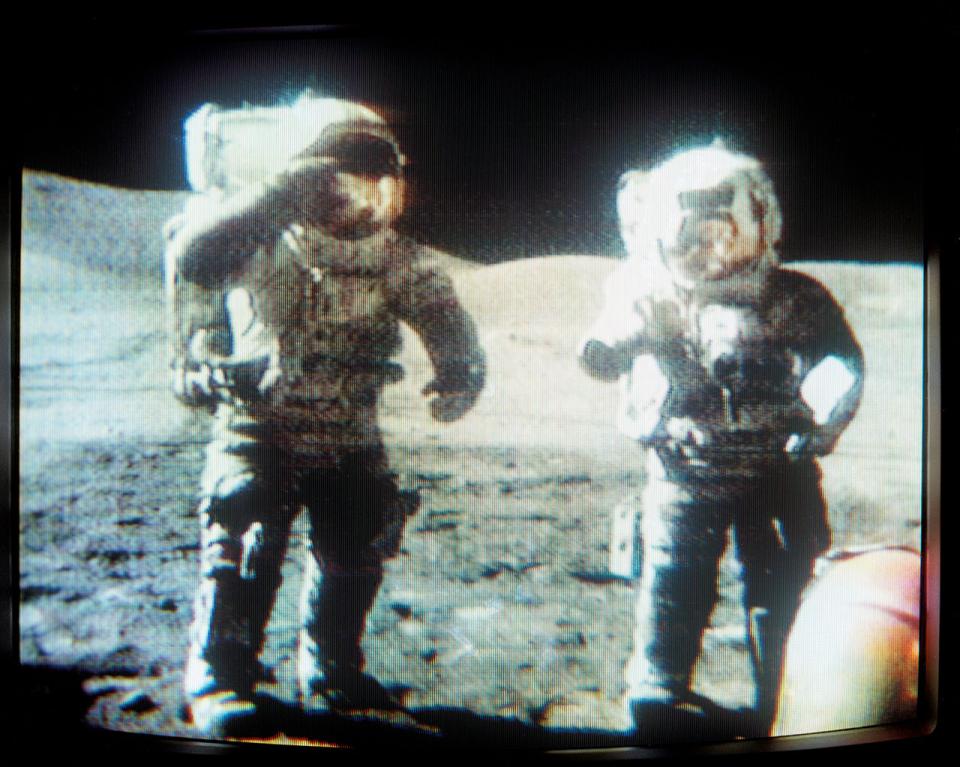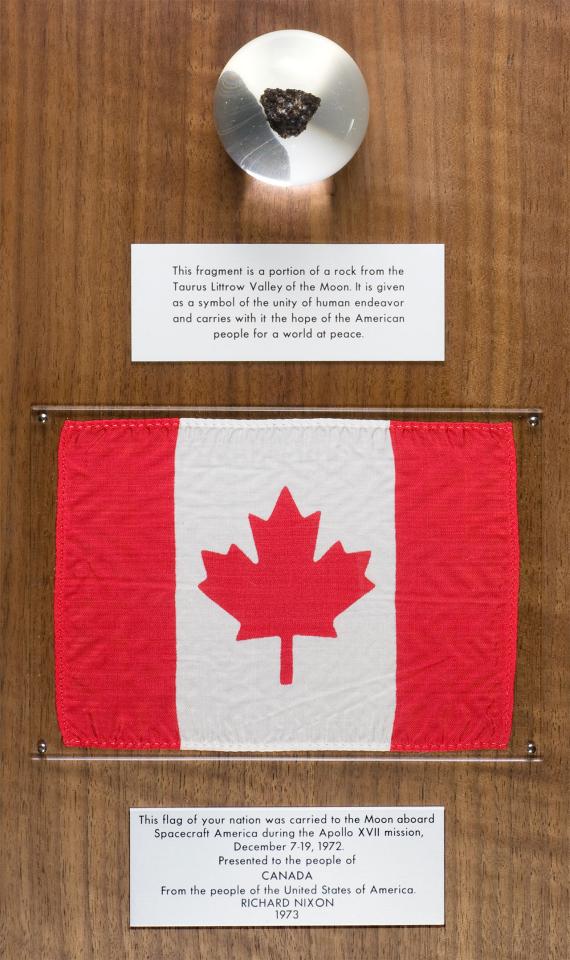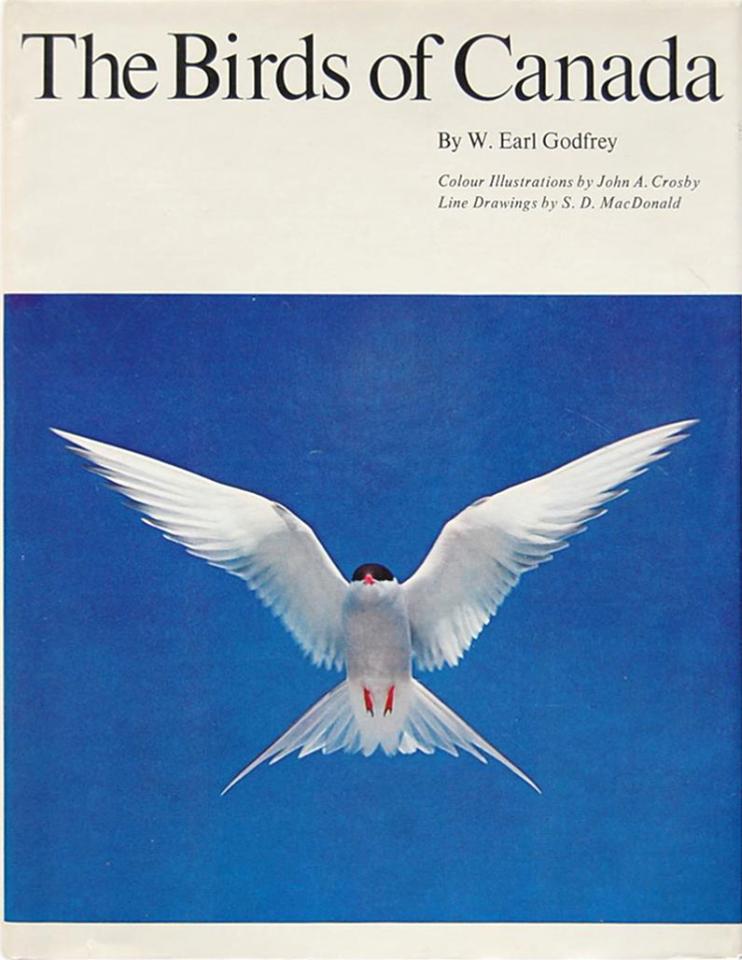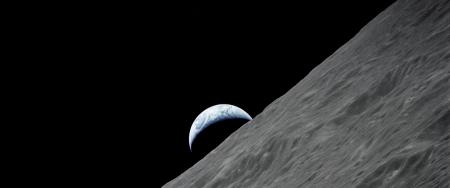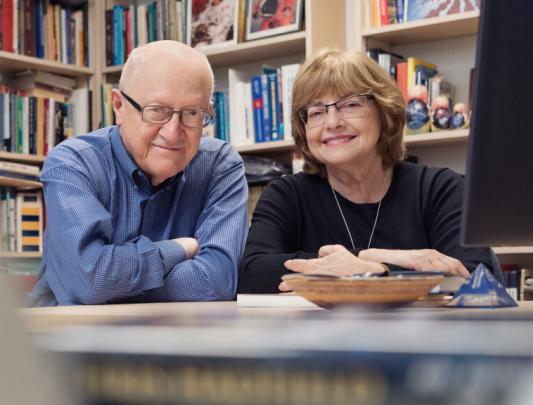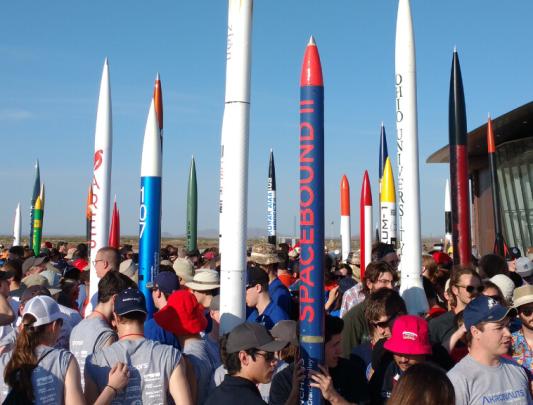The Boy who Touched the Moon
The stellar story of a precocious youth entrusted with a piece of the Moon.
The boy lived on Earth. The boy was me.
I grew up as an only child in Chatham, Ontario, a smallish city in farming country. We were a fairly poor but strongly loving family who lived on the edge of town, in a neighbourhood that was – as they say – on the wrong side of the tracks. In fact, we did live close to the railway tracks. In one sense, we actually lived on the right side of the tracks. Because on the other side of the tracks was the smokestack of Darling’s, a rendering plant. That’s a “factory” where they turned inedible animal parts into ingredients that went into stuff like soap, toothpaste, crayons, glue and shoe polish. The stuff that came out of a rendering plant’s smokestack did not smell good, so being on the other side of the railway tracks from one could be considered the right side of those tracks.
My first memories of my fascination with the stars start at the age of two. But I have no inspiring stories of how I fell in love with the sky. My mother June didn’t take me out one warm summer night to share with me the Perseid meteor shower. My father Jim didn’t read to me from The Big Book of Space, or anything like that. All I know is that I wanted to be who and what I am today before I could even understand what it meant to be who and what I am today.
I went straight from the Terrible Twos to the Theoretical Threes to the Feynman Physics Fours. My parents had no idea about the sciences and technologies that were my passions almost as soon as I left the womb. My dad worked at the assembly line of the International Harvester truck plant for 40 years. My mom worked at home, and during some summers at the local Libby’s vegetable canning plant and at the Post Office during the Christmas rushes. Neither of them had gone beyond elementary school. But while they might have been puzzled that their son wanted to become an astrophysicist, they supported me in every way they could. When I grew into who and what I am today, it was because of them.
When I was seven years old, they bought me a telescope. A Tasco brand refractor – the cheapest model available – that they bought at Zellers. It may have been cheap, on a wobbly mount, with optics whose quality was more G.I. Joe than Galileo, but it was my first window onto the Universe.
I would take my telescope almost every night to the darkest place in our neighbourhood. The darkest place in our neighbourhood was the cemetery. Did I mention we also lived near the cemetery? 17 Wilkinson Street was a real estate agent’s dream! Location, location, location! Close to the railroad tracks! A rendering plant nearby! Convenient cemetery! All that was missing to make our house a perfect timeshare opportunity was a minimum-security prison and a sewage treatment facility.
My parents allowed me to go to the cemetery late at night with my telescope. It was a smaller town, a different era, and my parents trusted me on my own even at the age of seven. Occasionally, while I was observing in the cemetery, an Ontario Provincial Police cruiser would patrol the graveyard. As the officers’ flashlight scanned the tombstones, they would sometimes see a strange silhouette. Moving cautiously to the scene, they would find a seven-year-old boy and his Tasco telescope at two in the morning. They would ask “What’s your home address, little boy?” I would dutifully respond “17 Wilkinson Street.” The officers would escort me home, bang on the front door of our house, and one of my parents would get up from bed to tell the perplexed police that I had permission to be in the cemetery at that time of night.
By the time I was 13 years old, I was a full-blown junior egghead. An uber-astro-geek.
By the time I was 13 years old, I was a full-blown junior egghead. An uber‑astro-geek. My best friend Kevin and I were already chasing our dreams. He wanted to be a pilot and I wanted to be an astrophysicist. Kevin is now an Air Canada Jazz pilot, jockeying Dash 8 aircraft, and I am now an astrophysics professor. Sometimes the magic works.
While I was still a junior scientist wannabe in Chatham, officials with NASA and the US State Department in Washington, DC, were devising a plan to commemorate the last Apollo mission to the Moon. They invited all the countries in the United Nations to send a youth representative – between the ages of 17 and 21 – to take part in what became known as the International Youth Science Tour. The young space ambassadors would have front-row seats at the launch of Apollo 17 in Florida, front-row seats at Mission Control in Houston during the last moon walk and would watch the splashdown of the astronauts’ command module on a television screen in the United Nations building.
Eighty countries accepted the invitation, including Canada. To choose Canada’s space ambassador, the government held a contest for anyone between the ages of 17 and 21 to write an essay about the importance of space exploration to humanity. I entered the competition.
I was only 13 years old. I lied about my age. I won.
By the time anyone in the Canadian government or in NASA knew how old I was (or more to the point, how young I was), it was too late to do anything about it. So, in December 1972, a now‑14-year-old Canadian boy was off to Washington to join 79 older teenagers and young adults for the start of a 10‑day adventure paralleling the eight-day adventure of the Apollo 17 astronauts. From the US capitol, a chartered 707 jet took us to our next stop: the Kennedy Space Center in Florida to watch the launch. We stayed in an Orlando hotel. I was in the room next to Neil Armstrong and his family, and we hung out at the pool together. How many kids (other than Neil’s) can boast that they played “Marco! Polo!” with the first human to leave bootprints on the Moon?
We watched the launch from the VIP grandstands, about 5 km from Launch Pad 37-B. That put us on the edge of what NASA calls the PLAFS (Post-Launch Advanced Fallback Zone). Translation into non-NASAese: Rocket scientists had calculated that, if the rocket exploded, pieces would fly no farther than 5 km before hitting the ground. So they put the control centre, the media, and the VIPs a little more than 5 km from the launch pad.
The launch of Apollo 17 was the first and only launch of a Saturn V rocket at night. Later in life, I was fortunate enough to witness a total solar eclipse in southern Hungary, where the Moon’s shadow raced towards me across the farmland, and confused birds settled down for a brief false night in the middle of the day. The night launch of Apollo 17 was no less stirring, but the opposite experience. It was like a second sunrise at midnight, waking the sleeping birds. Apollo roared (as seemed fit for the namesake of the Roman god of the Sun).
How many kids (other than Neil’s) can boast that they played “Marco! Polo!” with the first human to leave bootprints on the Moon?
In Florida, we were 5 km from the action. Once the astronauts were on the Moon, we – and everyone on Earth – were about 380,000 km from the action. But the young space ambassadors eventually found ourselves in Houston, Texas, at the Johnson Manned Spaceflight Center. The astronauts might be nearly half a million km away, but we had front-row seats in Apollo Mission Control, only metres from the big screens that showed us the last men to visit the Moon preparing to come home.
Just before the close-out, when the astronauts would return to their Lunar Module and leave the lunar surface, the Apollo 17 commander, Gene Cernan, and co-pilot, Harrison “Jack” Schmitt (the only scientist – a geologist – ever to visit the lunar surface) walked in front of the camera, near the US flag. Jack was carrying a rock. Gene started talking to us. To us! The last man on the Moon gave us a moon rock. It became known as the Goodwill Rock. When on Earth, it was cut into pieces and each of the International Youth Ambassadors presented theirs to their respective governments.
When I was 14, I had a moon rock. How many kids can say that?
In September 1973, I travelled from Chatham to Ottawa to present the rock to Governor General Roland Michener so that it could go on public display at the National Museum. At the Rideau Hall ceremony, with an RCMP honour guard, I gave away my moon rock. And in exchange, the Government of Canada gave me an autographed hardbound copy of the National Museum book The Birds of Canada.
Decades later, I was hosting Apollo 17 commander Gene Cernan in Vancouver on a tour to promote his book The Last Man on the Moon. I told him the story and got him to sign the book they gave me. He wrote “Jaymie. I can’t believe you gave away a moon rock for Canadian birds!”
The rock was put on public display in Ottawa, and every few months I would call the museum staff to check on it. In 1975, I was informed that the rock had been part of a travelling exhibit, and in Edmonton it has been stolen. I thought to myself: “If I’d known they were going to be so careless, I would have just kept it under my bed in a shoebox.”
For years after that, I kept checking the news for any report that my moon rock had been recovered. There is a genuine black market in moon rocks. The agency responsible for recovering them is the US Customs Service. I guess the logic is that these rocks were imported into the United States. Imported from the Moon. In 1998, the FBI had a sting operation where they recovered the moon rock that had been given to the youth space ambassador from Honduras. That helped keep my hope alive that someday I would see my moon rock again.
There is a genuine black market in moon rocks. The agency responsible for recovering them is the US Customs Service. I guess the logic is that these rocks were imported into the United States. Imported from the Moon.
I did. But in a very unexpected way.
In 2008, I was preparing a lecture on the Moon for an introductory astronomy course at UBC. I wanted to share with the students my very personal connection to the Moon, so I was searching the web for a picture of the Goodwill Rock before it had been cut into smaller pieces. I dug deeper and deeper, patiently trying different combinations of words in my search engine. After one particularly lucky keystroke, I caught my breath. My rock had appeared on my monitor. It was being held by a smiling man I did not recognize. In the lower right corner of the photo was a digital date and time stamp. The photo had been taken in the year 2000.
Using this as my first clue, persistent detective work eventually revealed the hidden location of my missing moon rock. A secure warehouse in the town of Aylmer, Quebec, which stores much of the official collection of the Canada Museum of Nature in Ottawa. Nobody knew the rock was there until museum staff stumbled upon it 25 years after it had disappeared.
To me, it was a real-life version of the closing scene of the movie Raiders of the Lost Ark, where a janitor pushes a big crate containing the ark in a huge warehouse stacked to the rafters with other mysterious crates, never to be seen again. Indiana Jaymie and the Raiders of the Lost Rock.
The inscription reads: This flag of your nation was carried to the Moon aboard Spacecraft America during the Apollo XVII mission, December 7-19, 1972. Presented to the people of CANADA From the people of the United States of America RICHARD NIXON 1973.
Photo: © Michael J. Bainbridge Photography
I contacted the curator of the Museum of Nature, Michel Picard, to explain that he was in possession of my rock. Me: “Hello, Mr. Picard. You have my moon rock.” Him: “Of course we do, sir. Please allow me to transfer you to our gift shop.” Me: “No, wait! I’m an astrophysics professor, and an Officer of the Order of Canada, and I was given the rock when I was 14 years old.” Him: “May I speak with your caregiver or parole officer?” Me: “I have proof! The last man on the Moon signed my copy of The Birds of Canada.” Him: “Hard to argue with that. Are you sure you wouldn’t like me to transfer you to the museum gift shop? They have some very nice souvenir paperweights. Maybe one of those is the rock you’re looking for.”
That wasn’t the actual conversation, but I suspect something like that was running through Mr. Picard’s mind in the early going. Once he knew the backstory of me and the moon rock, Mr. Picard was intrigued and supportive.
While awaiting my personal milestone, the reunion with my moon rock, months passed and a more public moon milestone loomed. The 40th anniversary of the Apollo 11 lunar landing on 20 July 1969. In anticipation of that milestone, I was being interviewed by phone about the Moon and the legacy of Apollo by Vancouver Sun columnist Pete McMartin. At one point, I mentioned in passing my personal connection to the Moon. “Oh yeah, Pete, when I was 14, I owned a piece of the Moon.”
I swear I could hear Pete’s jaw hit his desk.
That became the lead story, on the front page of the weekend edition of the Vancouver Sun, just before the Apollo 11 anniversary. The headline: “The Boy Who Touched the Moon”. The publicity, which spread beyond Canada to newspapers and web sites around the world, led to a question in many minds. Why was Canada’s moon rock hidden from the eyes of Canadians, especially during the anniversary of one of the greatest milestones in human exploration?
The Museum of Nature was not prepared at the time to put the rock on public display, so the Canada Science and Technology Museum in Ottawa stepped forward and adopted the rock briefly. And I was finally reunited with my rock in November 2009.
No one knows how the rock ended up in that warehouse, or for how long it languished there unseen. It definitely wasn’t stolen on a travelling exhibition, as I’d been told in 1975. Since even the most senior staff today at the Museum of Nature were not associated with the museum then, I fear we many never know the full story of its clandestine travels. My job – my passion – is to solve cosmic mysteries. Who’d have guessed that, in the journey of a moon rock born billions of years ago, carried to Earth across over 380,000 km of space as a souvenir by the last lunar tourists, the most mysterious leg of that journey would be a detour of 12 km from Ottawa to Aylmer, Quebec?
























